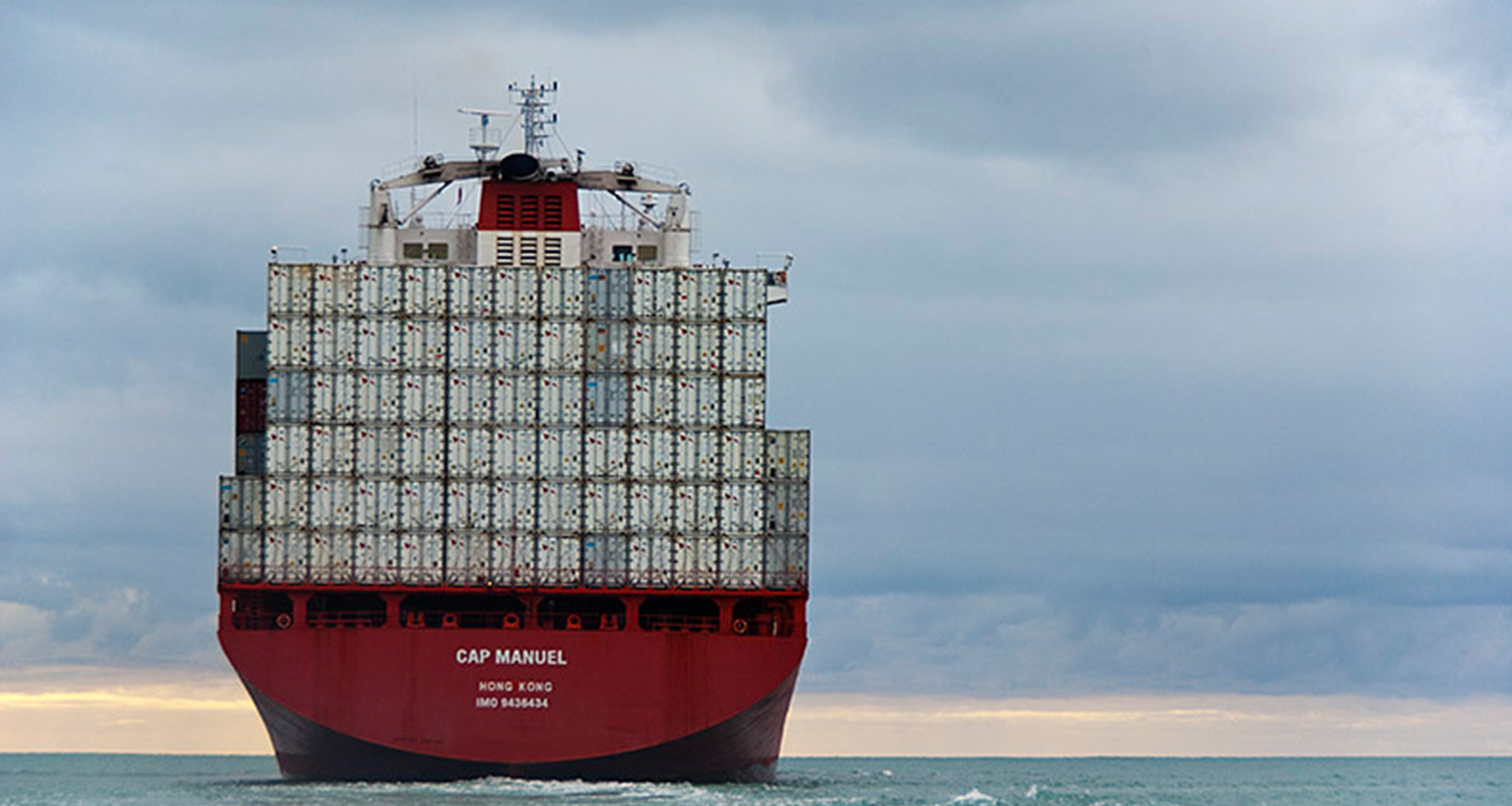Here we will need 2 systems,
- Ansible controller (any of these RHEL/CentOS/FreeBSD/Ubuntu)
- remote host (any of these RHEL/CentOS/FreeBSD/Ubuntu)
IMP
- Ansible controller needs to have python 2.7 or python3.5 installed
########################################################################################
We will Build container Images using Docker
- docker uses client server architecture
Client: The command line toolis responsible for communicating with a server using a RESTful API to request operations
Server: It runs a daemon on an OS, does the heavy lifting of building, running and downloading container images.
The daemon can run either on the same system as the docker client or remotely
Docker daemon needs to be started for docker commands to work. Manually you can run
systemctl enable --now docker
- Daemon is run as the root user, Docker commands must also be run as root.
- Other container runtimes like podman do not require root to run containers
Some of the most common commands are:
| Command | Description |
|---|---|
| docker search "term" | search an image registry for an image related to the term |
| docker pull "imagename" | download an image or images from a registry |
| docker run "imagename" | creates the container from the image |
| docker ps | List the containers |
| docker images | List the Downloaded images |
- You can write simple play to install Docker on RHEL7 automatically
- You will need to:
- make sure that RHEL7 managed host is configured to get updates for the right channels
- make sure that the Docker package is installed
- make sure that the Docker service is enables and started
